PAKISTAN’S economy is largely agro-based and agriculture contributes 21 per cent to the national income. About 45 per cent of labour force is employed in this sector and many more people in the rural areas depend upon farming for their livelihood.
In Pakistan like many developing countries, there is a sharp differencebetween urban and rural standards of literacy rate, labour participation rate, per capita income, purchasing power, health and other facilities etc. As compared to urban population of 67.55 million, the rural population is 113.16.
In 2010/2011, the total labour force was 57.24 million. In urban areas, the employed labour force was 15.99 million, about 28 per cent of the total labour force whereas in rural areas, the employed labour force was 37.85 million.
The labour force participation in the population of persons 10 years of age and above in the rural areas for males and females was 70 per cent and 27.6 per cent, respectively.
On the other hand, in urban areas, this rate was 66.4 per cent and 10.7 per cent for male and female, respectively. Unemployment rate in urban and rural areas was 4.7 and 8.8 per cent, respectively.
The literacy rate of people of 10 years and older is only 58 per cent with sharp differences between urban and rural areas and between male and female. It is only 49 per cent in rural areas compared to 74 per cent in urban areas. Again, female literacy rate is much lower in rural (35 per cent) against urban (67 per cent) areas compared to male literacy rate of 81 per cent and 63 per cent in urban and rural areas, respectively.
Likewise, household incomes for the urban middle class have continued to rise, while the rural poor see their incomes declining. The average income in urban areas is about 42 per cent higher compared to those of rural areas.
By reducing import tariffs, rural people with low purchasing power will be able to substitute cheaper imports for more expensive domestically produced goods.
For this purpose, however, a policy of tariff reduction may be adopted keeping in view comparative advantage and also the tariff policy of the exporting country against Pakistan’s exports.
Providing necessary skills to rural people will help in sharing growth benefits equitably between urban and rural areas. So far, a majority of farmers employ traditional methods of crop cultivation, livestock rearing, fish farming, etc.
The incomes of rural people can be increased significantly by adopting modern methods as used in most of the developed countries.
Strengthening dairy farming in rural areas has the potential of increasing rural income manifold.
Government policies on labour wages are crucial for redistribution of income amongst rural people. Without such policies, the landholders will continue to get a disproportionate share of growth. Though the inequality between landholders and labour class is fundamental, it can be narrowed by effective income redistribution policies such as fixing the wages in proportion to growth and then effectively regulating it. Secondly, taxation of agricultural income can also be used for income redistribution.
Women empowerment is very weak as extremely low female labour participation and literacy rates indicate.
Empowering women in economic decision-making and encouraging their participation in work activities with better human resource development will definitely improve overall income of rural dwellers.
The marketing system in the rural areas is highly lopsided with large share of profit going to middle men. As rural people are not literate enough to understand the markets, they usually depend on the middle men to sell farm produce.
The government has to create good marketing system to minimise the role of middlemen.
Additionally, the government needs to build infrastructure and create small industrial zones to enhance job opportunities in rural areas. Linking rural areas with urban markets through good roads will increase returns to farmers as time of transportation of goods to markets will be reduced along with minimum chance of decaying agricultural goods.
The cost of credit remains very high. There are explicit as well as implicit costs associated with bank credits. To increase rural incomes, extending credit to rural community at reduced rate as well as providing training on how to use credit for profitable ventures, is crucial to prevent turning loans into bad debts.























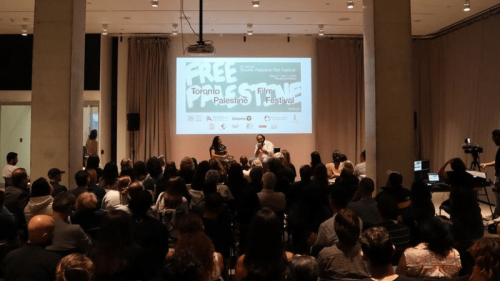





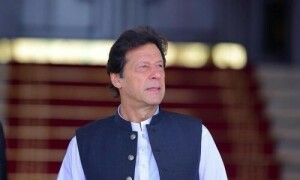





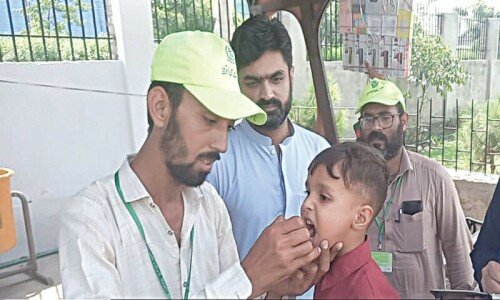

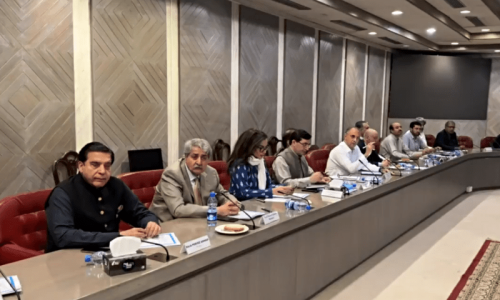

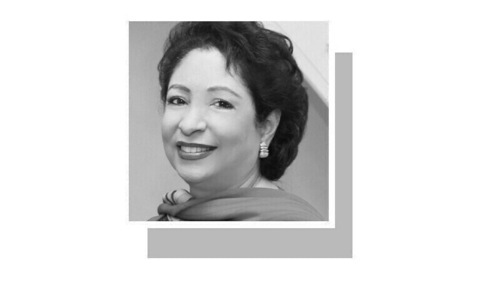



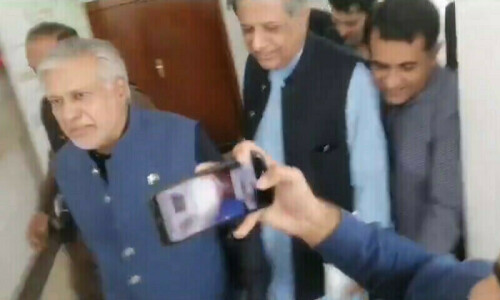
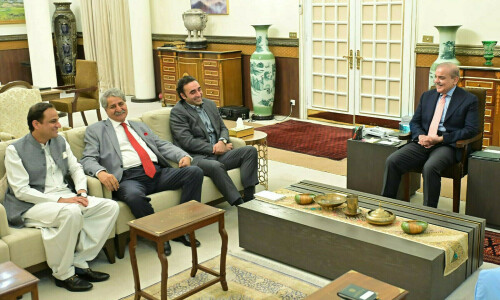

Dear visitor, the comments section is undergoing an overhaul and will return soon.